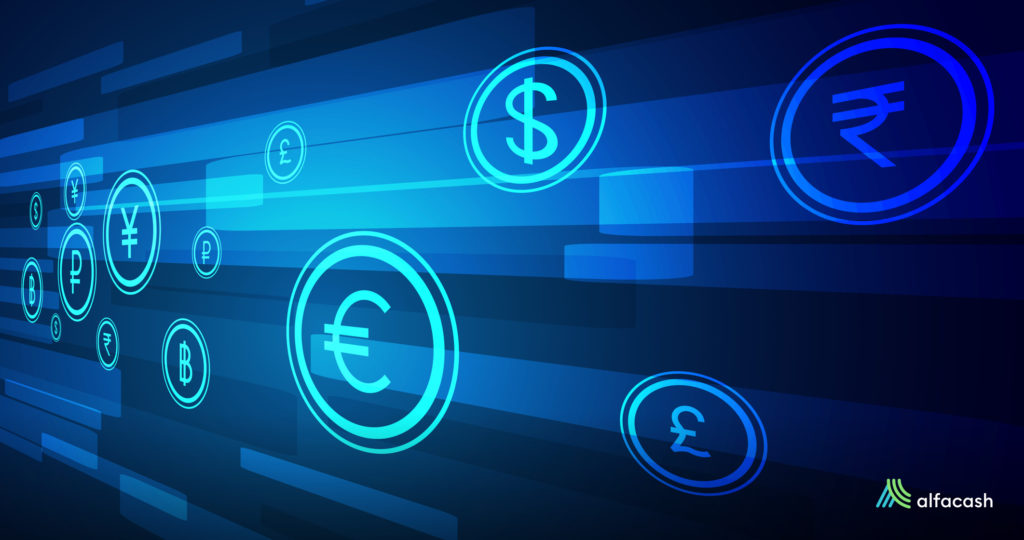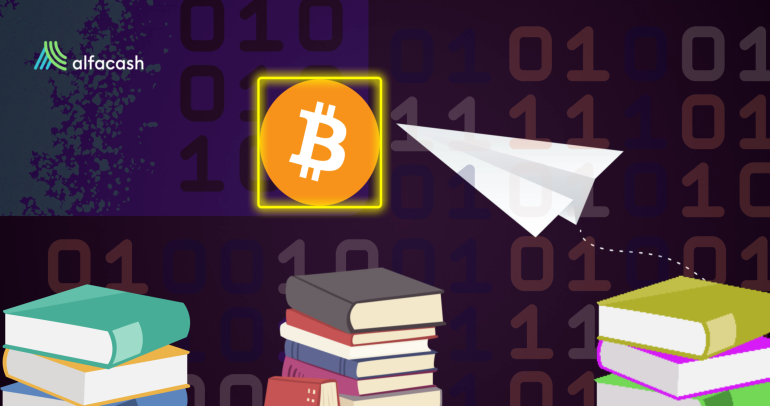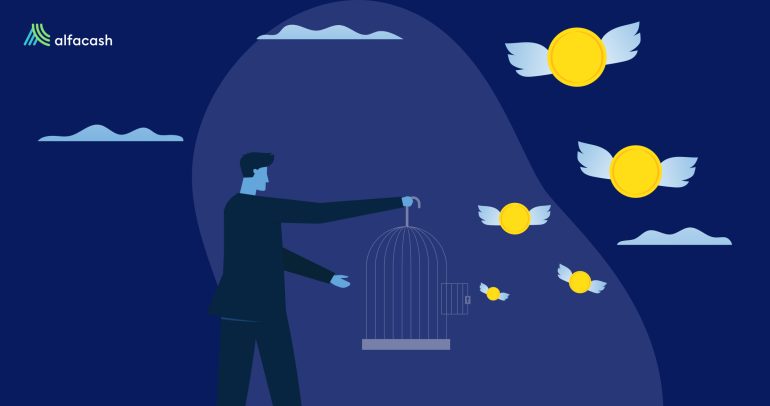As you may know by now, Bitcoin and cryptocurrencies are the opposite of traditional money. Except isn’t always like that. Several governments and centralized financial institutions worldwide are very interested in the technology behind cryptos. This is why they’re researching or directly developing a thing dubbed CBDCs: Central Bank Digital Currencies.
According to a report by the Bank of International Settlements (BIS, 2018), this kind of asset is “a central bank liability, denominated in an existing unit of account, which serves both as a medium of exchange and a store of value”. In other words, they’re very similar to kryptomeny, but they’re centralized and fully controlled by the issuer (the central bank).

Now, as described in a more recent report by the BIS (2020), CBDCs must follow some basic principles: “(i) a central bank should not compromise monetary or financial stability by issuing a CBDC; (ii) a CBDC would need to coexist with and complement existing forms of money; and (iii) a CBDC should promote innovation and efficiency”.
So, again in other words, they’re like stablecoiny issued by the central banks. They would be pegged to the national currency and include Anti-Money Laundering (AML) rules and all the official controls. And, for now, most of them are only theoretical.
Why CBDCs?
A survey conducted by the BIS (2020) showed that around 80% of central banks worldwide are already engaged in the research or development of CBDCs. The reason is simple: this kind of asset could be more useful for payments than the traditional means of their currency (i.e. cash and electronic transfers).
For the BIS, a CBDC would provide continued access to central bank money, operational resilience, payments diversity, financial inclusion, easier fiscal transfers, some level of privacy, and, maybe the most important feature, easier cross-border payments. Blockchain technology could make this now complex procedure cheaper and faster.

Samozrejme, making remittances with Bitcoin and other cryptos is still an easier and faster alternative to the current traditional methods. So, the central banks are planning to take advantage of the cryptocurrencies’ benefits without what they consider to be its drawbacks. Or, basically, without decentralization and the same level of anonymity.
CBDCs vs decentralized cryptocurrencies
The technical infrastructure for every CBDC is something rather pending-development in most cases. However, the great difference between CBDCs and decentralized cryptocurrencies lies in their philosophy.
Bitcoin and most cryptos were created by cypherpunks, which means activists who use privacy-enhancing technologies to reach financial, social, and political change. Bitcoin is, indeed, a way to recover the power of money from central institutions. It can’t be controlled, censored, or limited in any way. This has been demonstrated by cases such as Nigeria.

Eric Hughes describes this goal in the Cypherpunk’s Manifesto:
“Privacy is necessary for an open society in the electronic age (…) We cannot expect governments, corporations, or other large, faceless organizations to grant us privacy out of their beneficence. It is to their advantage to speak of us, and we should expect that they will speak (…) We must defend our own privacy if we expect to have any. We must come together and create systems which allow anonymous transactions to take place.”
On the other hand, the CBDCs pretend to use the same technology to establish controls over money and keep intact the current financial system. Requirements and rules for use, limit amounts, obligatory identification with official documents, and even further surveillance over financial activities are things to expect from these coins. Censorship and veto power are included too.
Nevertheless, the main attraction of CBDCs would be the layer of trust added to the process. If something goes awry, the central bank would need to be accountable for its actions.
CBDCs pioneers
Out of that 80% interested central banks, we can mention some pioneers ahead in the race. The first one it’s probably the Bahamas with its Sand Dollar, in development since 2019 and already in circulation since October 2020. The main goal for its creation was to include in the financial system the most distant islands on the archipelago.
Now, as they describe in the oficiálna webová stránka, “Sand Dollar allows greater flexibility and accessibility for residents that want to participate in financial services via either a mobile phone application (iOS and Android) or using a physical payment card to access a digital wallet.”
China is following close in the race with their DC/EP (digital yuan), announced back in early 2016. They weren’t in a hurry until 2019, when the Facebook stablecoin, Libra (now Diem), was announced to the public. China then feared for its monetary sovereignty, so, the DC/EP development was retaken.
The People’s Bank of China (PBOC) is currently making real-world pilots with their CBDC. This March, around 200,000 people would receive 40m digital yuan ($6.2m) in a lottery by the local government. The main goal is testing the use of digital currency, while the official launch date is planned for the next year.
Iné remarkable pioneers are the Eastern Caribbean Central Bank (DXCD, 2020), Sweden (e-krona, pilot project till 2022), and Marshall Islands (SOV). The European Union is also developing a digital euro, which would come in around four years. Likewise, Rusko wants to develop a digital ruble and is preparing a pilot for late 2021.
Chcete obchodovať s Bitcoin a inými žetónmi? Ty to dokážeš bezpečne na Alfacash! A nezabudnite, že o tomto a o mnohých ďalších veciach hovoríme na našich sociálnych sieťach.
Twitter * Telegram * Facebook * Instagram * YouTube * Vkontakte








